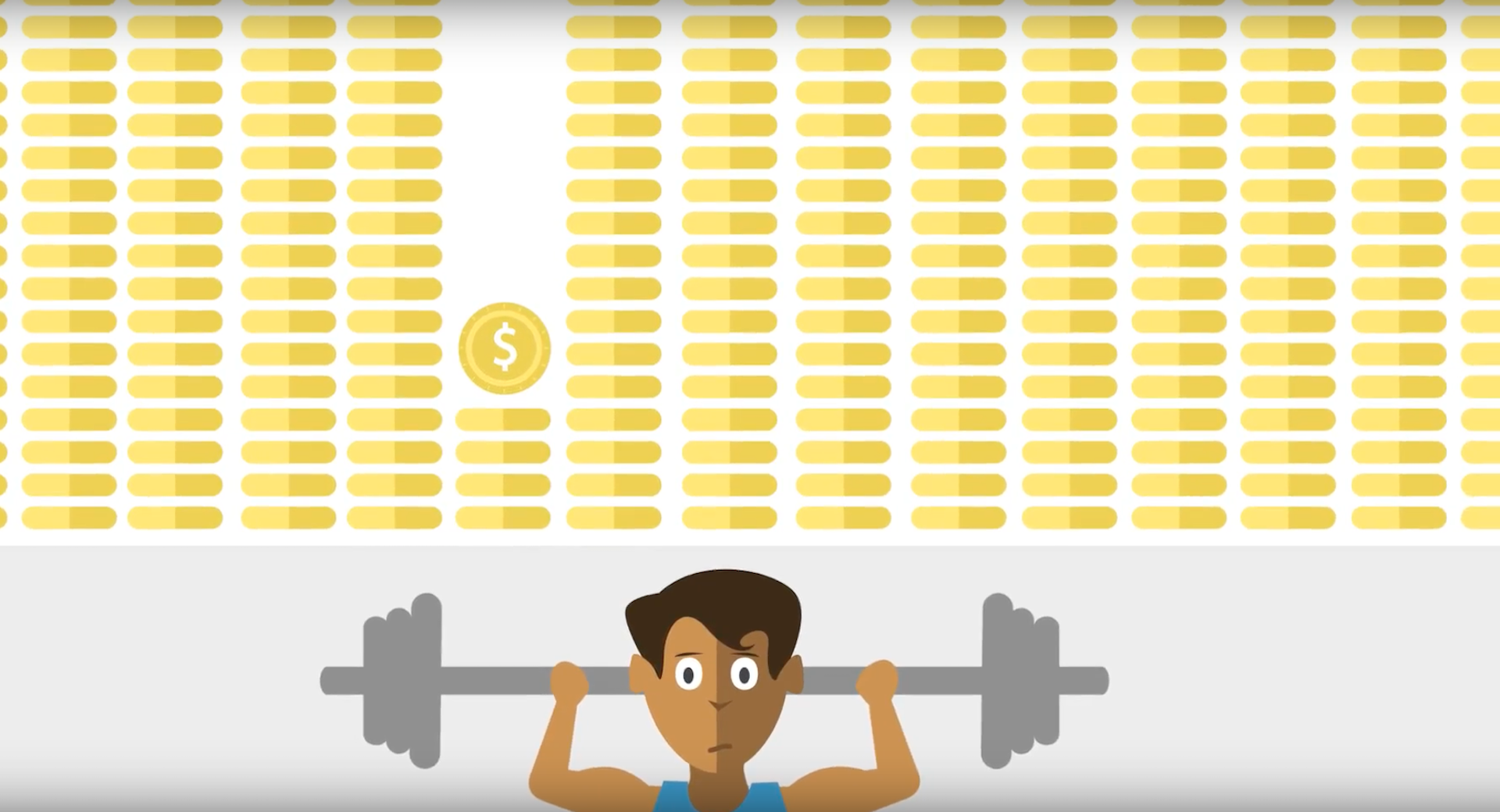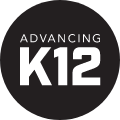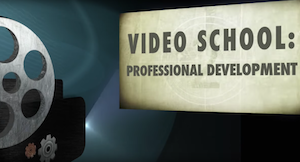
One of the chief fiduciary roles of a business office leader is to get more bang for the district's buck. But how is that mission changing as technology becomes an ever-larger chunk of the expenditure pie?
Here at Advancing K12, we’ve seen firsthand how some of the most savvy fiscal managers are finding new ways to save their districts thousands of dollars. Despite our sponsor’s status as an edtech vendor, we didn’t see any harm in sharing a few of the most successful cost-saving strategies.
1) Quid Pro Quo
Negotiation works out best for both sides when it’s a two-way street. But what can you bring to the table in exchange for a better deal on your district’s contract? Think about what your vendors need most. They’re looking to grow their business in a world where potential customers are doing more research on their own than ever before. Customer advocacy is the best sales tool many companies have.If you’re looking to trim down a proposal and find yourself at an impasse, consider offering up your time for future collateral. Some of the most popular options are:
- Case studies
- Guest blogs
- Podcast appearances
- Video testimonials
- Press releases
No matter what form it takes, your contribution will be worth more to the vendor than almost anything their marketing department can come up with.
This kind of tradeoff offers up more than just the obvious benefits of discounted costs; it also helps raise exposure for the innovative things you’re doing and provides you with a platform to build your district’s brand in front of a larger audience. This money-saving tip comes with a caveat; no license fee is worth a loss of credibility. Insist on the publication of only true and proven statements. If the vendor has helped you solve a problem, let the world know. If, however, your experience has been a negative one, don’t allow your words to be twisted for the vendor’s gain.
2) Hidden Pricing Options
Oftentimes, the best way to save money is by simply being aware of what your options are. Take pricing structure, for example. Some companies offer more than one option for one-time and ongoing fees. The typical software-as-a-service (SaaS) model offers relatively consistent costs on a year in, year out basis with smaller one-time costs for implementation. If your district’s budget works better in chunks or you’re in a use-it-or-lose-it situation, find out if your vendor still offers the “traditional” payment method of higher costs in year one, with a lower ongoing licensing fee.Promos are another option to be cognizant of. While the original intent might be to catch your interest and get you moving quicker, it never hurts to revisit a vendor’s current promotions before signing on the dotted line. Maybe a new campaign has been launched in your state since you initiated conversations. Maybe you can knock a few thousand dollars off your costs by getting board approval one week earlier than originally planned. You always hope you can trust the sales rep you’re working with to get you the best deal you’re eligible for, but it never hurts to verify.
Need to move faster than your budget allows? No matter how well you prepare, you’re almost guaranteed to find yourself needing to implement a system in a very short period of time at some point. Don’t feel constrained by publicly posted pricing options. Many vendors are willing to work with you on custom payment options and deferments to get you on their books and implemented even if you can’t afford to pay the full amount of your PO up front. These options come at a cost to the vendor, so it’s not something they’re likely to shout from the rooftops, but few companies will be ok losing your business over a matter of timing if the situation demands some flexibility.
The best way to move this along is to talk to the vendor about your budget needs. If the salesperson has to guess when putting together your proposal, they’re less likely to hit the mark. Budget conversations might be uncomfortable, but they can speed up the negotiation process and get you closer to your implementation endpoint.
3) The Perks of Being a Trailblazer
If there’s one constant in the business development strategy for edtech vendors, it’s that new markets are hard to break into. We all tend to gravitate toward familiar brands, but some of the most successful edtech partnerships in the country were born from a leader’s willingness to color outside the lines.Vendors need a foot in the door if they want to expand, and they’ll often be willing to work with you on pricing if it means establishing a presence in a new state or bringing a new product to market. Not every district is a good fit for trailblazer status, but if the vendor sees value in the potential partnership, you’ll be in the driver’s seat. This is next-level quid pro quo in that you’re putting a lot more on the line, but there are more dollars to be found here than the other three savings techniques mentioned in this article combined.
There are more similarities than differences in the way education works from state to state, yet edtech purchasing remains a largely regional affair. The next time you’re faced with a big purchase, consider looking beyond the usual names to find a vendor who has a track record of success elsewhere in the country. Get proactive in your outreach and let the vendor know you will do your part in helping them gain a foothold in your state if the price is right.
4) Sustain and Save
The amount of money lost to productivity waste and ongoing training is enough to make even the most seasoned business official cringe. There’s a reason why districts with a high-performing, professional development culture always seem like they have more money to spend - it’s because their people are more efficient and their development is happening from within.It’s much easier to opt for the quick fix in edtech purchasing, but that’s not a sustainable model. The amount of money some districts spend on “refresher” training is disturbing in today’s climate of fiscal accountability. If you’re not able to commit the people or infrastructure to support a technology initiative, you’re throwing much of that money away.
The good news? Vendors are more committed to your ongoing success than they’ve been in the past, having identified the business benefits of a knowledgeable, engaged user base. Edtech purchasers have been trained for years to focus on features and functionality, but the emergence of user experience as a primary factor in evaluation has made vendors more accountable for the inclusion of training and development resources as part of their standard licensing fees.
Purchasers looking to get the most out of their investments have adopted evaluation processes to look at more than just software. Vendors who go out of their way to provide a positive experience for their users may need to charge a little more than bottom dollar so they can continue to support those efforts, but it’s an investment that yields lasting dividends for districts.
Looking Ahead
Edtech purchasing is a thankless task, but we tip our hats to the unsung heroes grinding behind the scenes to get more from their districts’ budgets. We look forward to the continued application of systems thinking in the business office as purchasers and tech leaders move away from the status quo in favor of a future-ready and interconnected infrastructure.WHAT'S NEXT FOR YOUR EDTECH? The right combo of tools & support retains staff and serves students better. We'd love to help. Visit skyward.com/get-started to learn more.

|
Advancing K12 Staff Edtech Thought Leaders |




